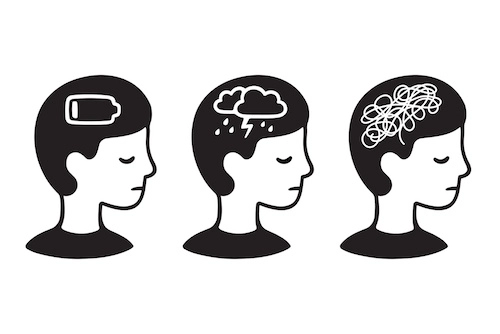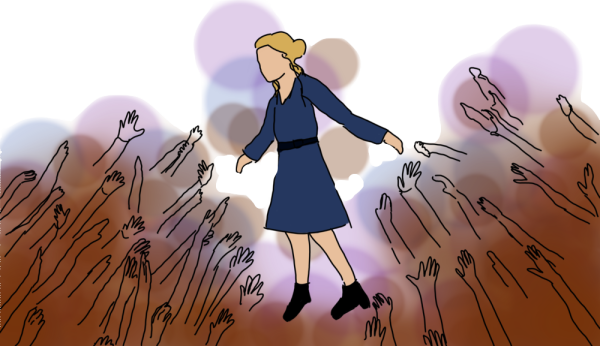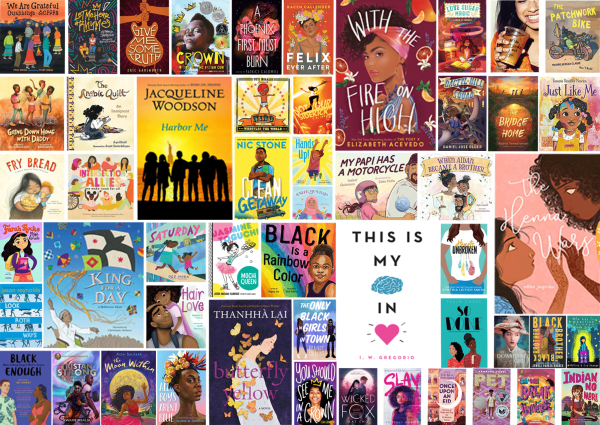How Can the School Better Support the Mentally Ill?

Mental illness is a prevalent obstacle worldwide. About 31.9% of teens have a diagnosed anxiety disorder, about 20% have diagnosed clinical depression, and about 10% have diagnosed ADHD. However, this barely even begins to account for those who are undiagnosed and struggling. Why does this matter? It matters because these mental illnesses and disorders often interfere with the life of students… our students.
Teens with anxiety may be sent into a full-force anxiety attack if they’re forced to present, which can then cause them to flail and mess up their presentation. What happens now? They receive an F. Teens with depression may be going through an episode where they lack motivation and energy. Their teacher assigns homework assignments everyday, and suddenly they get so overwhelmed that they physically can’t finish them. What happens now? They receive an F. This list could go on and on with every single mental disorder and illness that we know of. Students in our school– and every school in the world– struggle with their mental health. What needs to happen now?
What needs to happen is that schools like ours need to become more understanding of mental health. However, this doesn’t mean just supporting them, it means actively going out of their way to help them. They should create an environment where the students can feel comfortable telling the teacher they need a later deadline. Where they feel okay telling the teacher they zoned out and need a summary of the lesson. All of these things that make a student look “lazy” need to be understood better. In reality… Most students aren’t lazy. Our students want to succeed. They want to do better. They want to have all A’s and a 4.0 GPA. No one wants to fail highschool. Our students want to get into college! But sometimes– well, a lot of the time– mental health does get in the way.
A lot of teachers will preach mental health support. They’ll take 10 minutes for students to meditate or draw. However, there is a misunderstanding of how teens really need that support. Teachers may turn a blind eye to those who are struggling with anxiety, depression, ADHD, and more. They may even chalk up their struggles to laziness like mentioned before. Instead, there are more effective ways to help the students. Teachers say they care about their students, but don’t know how. When a student is struggling so hard mentally that they’re physically incapable of doing an assignment, the teacher should want to help! Maybe this means giving the anxious student an essay to write instead of presenting a project. Maybe this means summarizing the notes from the day for a student with ADHD who can’t focus that long. Maybe this means extending a deadline because a student was too depressed to finish a project. Whatever the solution may be, teachers should be actively helping their students. No student learns the same, especially those with mental health issues. Their brains are literally rewired to function differently from most people. How is it fair of the school to assign the same project, the same homework, the same tests… all to different students with very different brains? It’s obvious teachers care and want their students to succeed, but something that they need to understand is students all function differently. Some need more help than others! Teachers may need to spend a little time just learning about different mental health struggles so they can better support their students. If teachers take time to learn and want to help, students will be more apt to want to do better, to want to seek help, to want to study, to want to learn. School should be a two-way street. The teachers understand the students and the students understand the teachers. Because, let’s be real, mental health struggles can be really hard. They can become debilitating. We would all grow and learn more if the school could better support these problems and understand their students. In doing so, the students will be happier and the teachers will be happier as well.
Sources:













